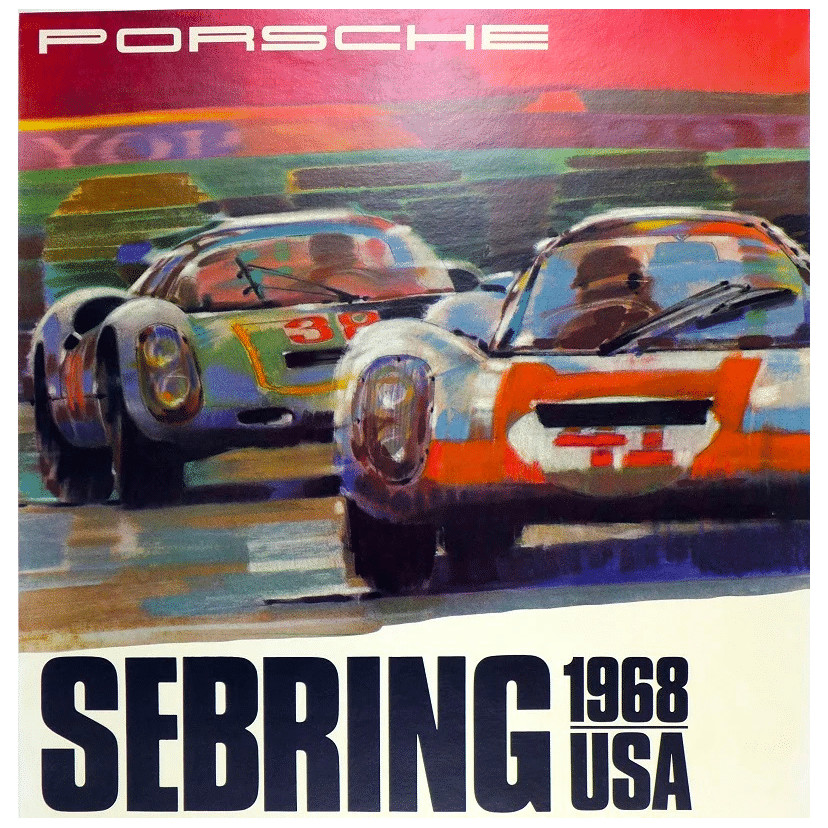Today we’re exploring the market for vintage magazines. We’ll look at the most sought-after magazines and what makes them valuable.
I’ve also begun collecting old issues of National Geographic, so I’ll share a few anecdotes and things I’ve learned since jumping in.
Let’s go 👇
Table of Contents
A short history of magazines
Everyone “knows” the printing press was invented by Johannes Gutenberg in 1440.
Except, everyone — including me — is wrong. As it turns out, moveable type was invented by the Chinese, who had been printing books for nearly 600 years before Gutenberg was born.
The Chinese carved characters onto moveable wood blocks, filling it with ink and then pressing it onto blank pages. Youtuber Mike Thompson from Mike’s Inventions built this replica Chinese printing press, and demonstrates how it works:
Gutenberg made printing popular in Europe, where it flourished after he mass-printed The Gutenberg Bible in 1455. A hundred years later, news sheets began circulating in Venice. And in 1605 the first newspapers were published in Germany.
Today, magazines are easily distinguishable from newspapers. Smaller, glossy pages, etc. But back then, they were essentially the same thing.
The first magazine is generally agreed to be a German philosophy periodical from 1663 called Erbauliche Monaths-Unterredungen, which translates to “Edifying Monthly Discussions.”
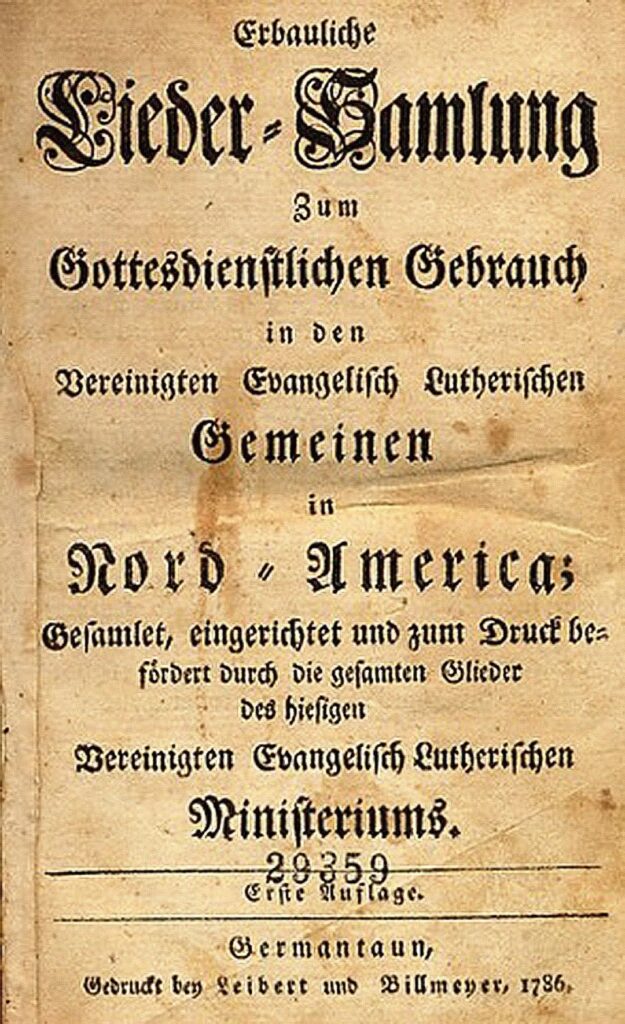
The first use of the term ‘magazine‘ dates back to the 1700s, thanks to Sylvanus Urban’s The Gentlemen’s Magazine. It was a derivative of the Arabic word for ‘storehouse’, as magazines were considered a way to uncover and store information.
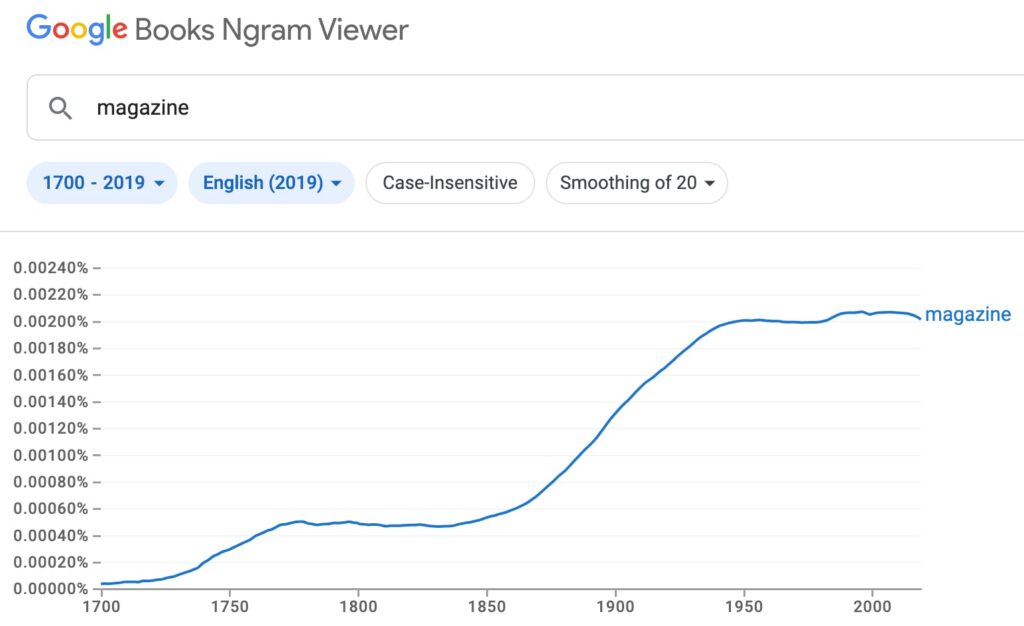
The first magazines in America both began in 1741. Benjamin Franklin first had the idea of publishing a magazine in the American colonies with his General Magazine. However, Andrew Bradford‘s Monthly View of the Political State of the British Colonies beat Franklin to press by three days.
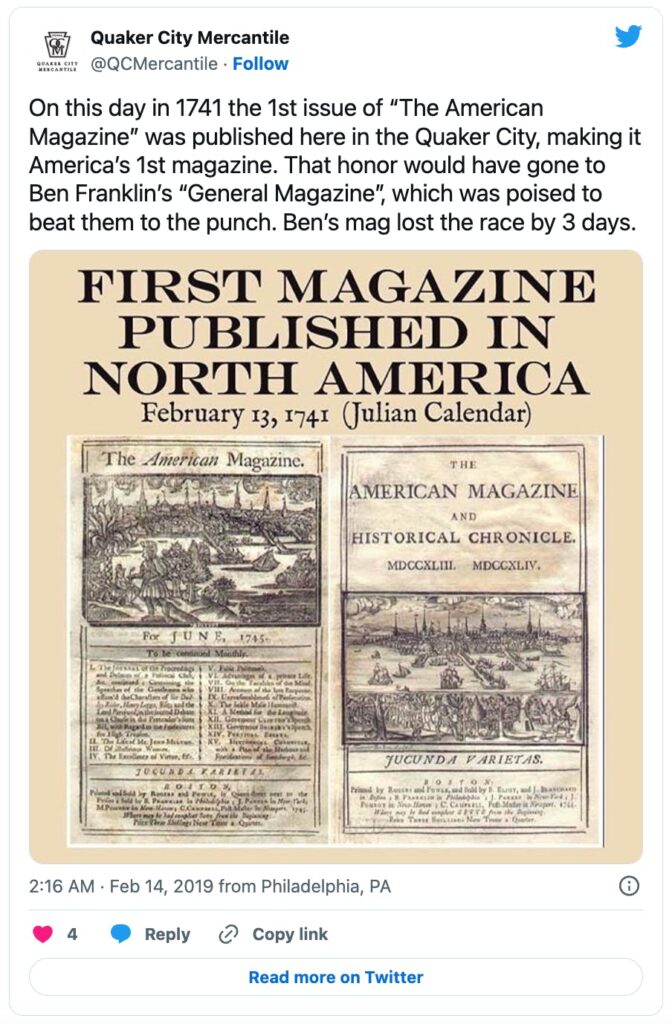
Neither of these had any pictures. The first illustrated magazine, The Illustrated London News, took another hundred years to arrive (1842).
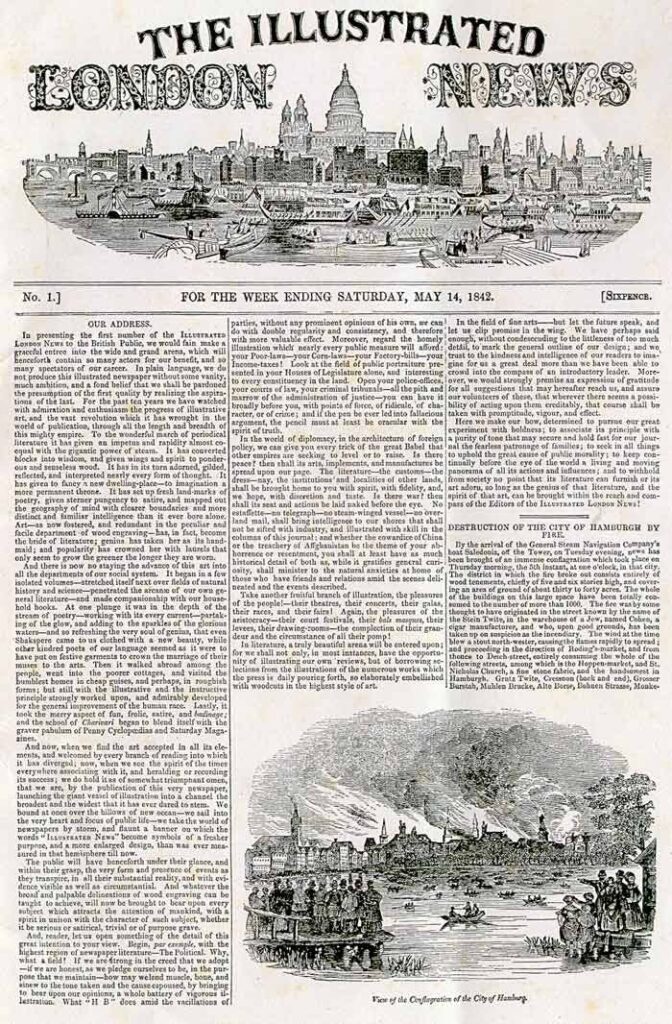
The Saturday Evening Post is credited with revolutionizing the industry. It was yet another magazine founded by OG serial entrepreneur Ben Franklin (the guy was a machine).
The 4-page publication had a circulation of 90,000 back when the US population was just 9.6 million — easily making it the most popular weekly magazine in America.
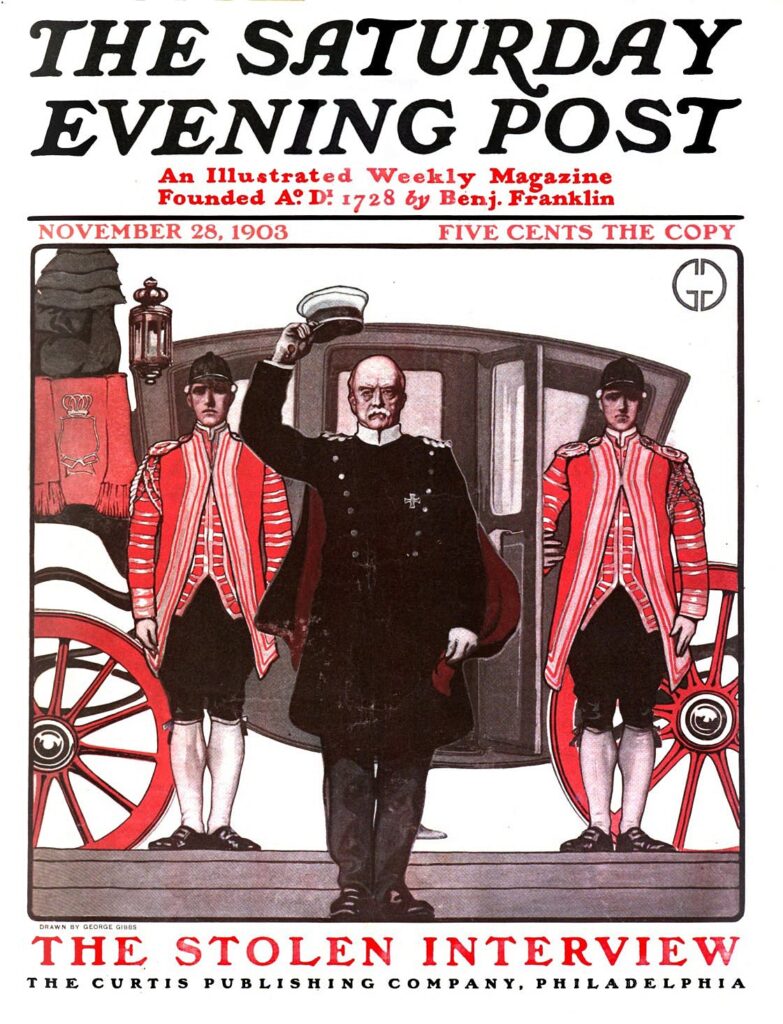
What are the most popular magazines today?
The most popular magazines today might surprise you.
Sure, you’ve got familiar names like Better Homes and Gardens, Sports Illustrated, and TIME. But the #1 and #2 spots both go to AARP.
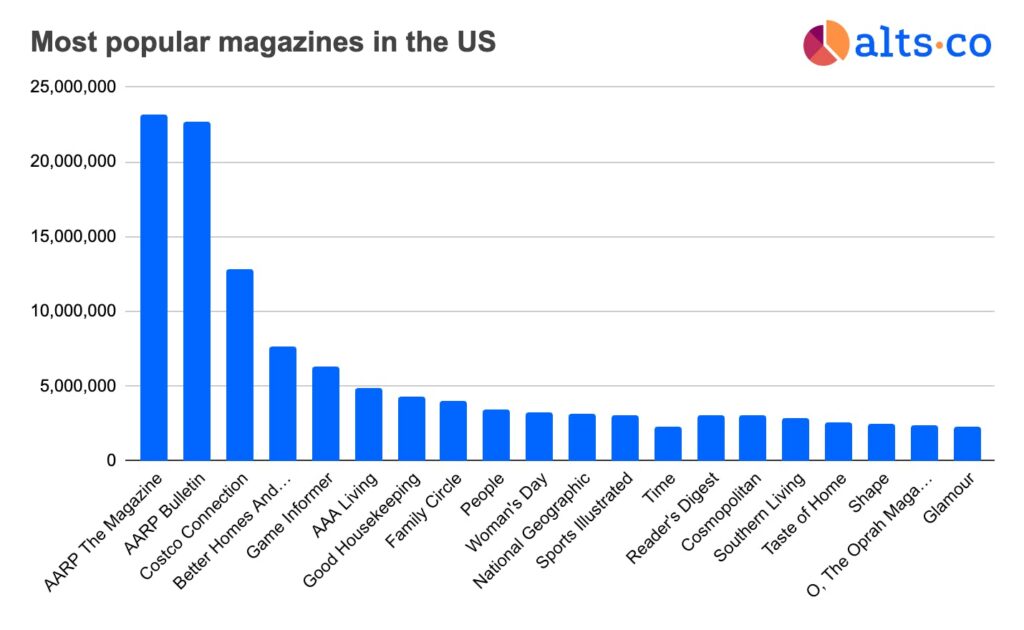
Interesting side note: 6 of the top 20 publications are published by the now defunct Meredith Corporation, which at its peak had a readership of 120 million and paid circulation of 40 million.
In December 2021, they were acquired by juggernaut holding company IAC (a name everyone should know) and merged with Dotdash to form Dotdash Meredith — America’s largest digital and print publisher.

What makes a magazine valuable?





